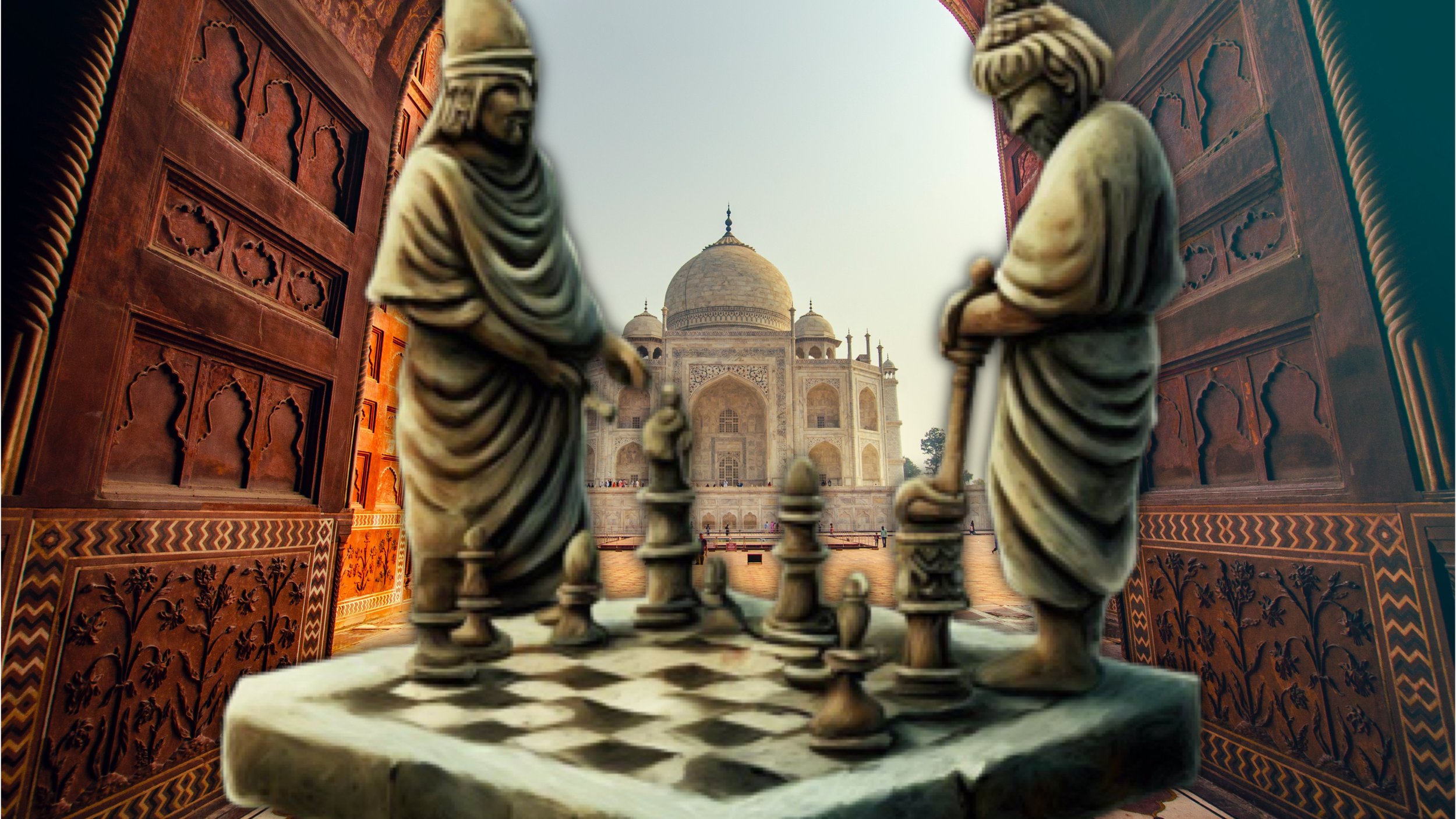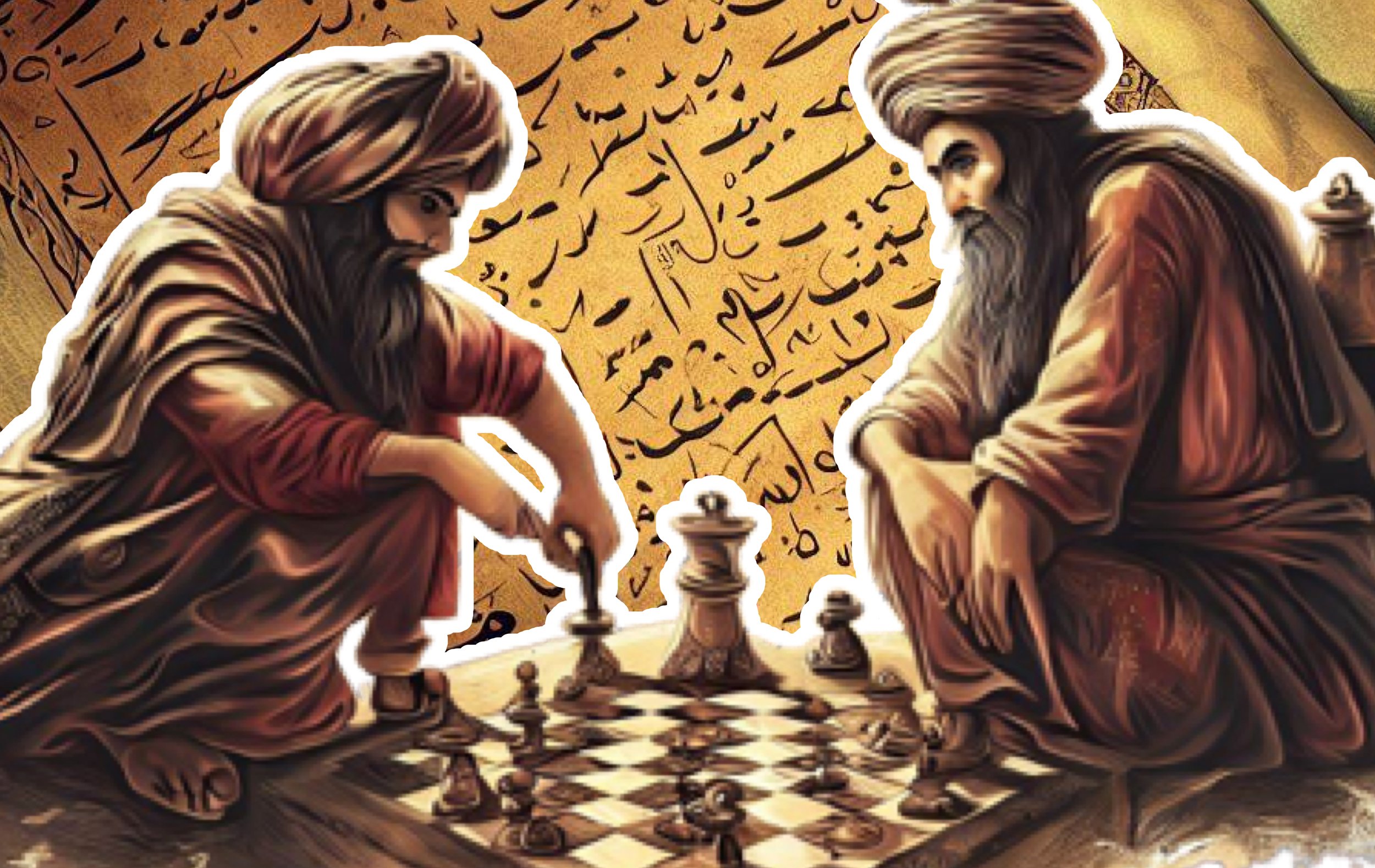Cause and Effect Examples and Explanations
5 Examples of Cause and Effect in Life, Nature, Math, and Literature
What are examples of cause and effect relationships? (Image: Mashup Math via Getty)
Whether you realize it or not, the continuous flow of events that make up everyday life are all driven by cause and effect relationships.
Whenever one specific action or event leads to another, cause and effect is at play. This relationship between an action and/or event and the directly resulting consequence or outcome is the foundation of the concept of cause and effect.
In this post, we will analyze 5 unique cause and effect examples to help you to better understand cause and effect relationships and how they work.
What is Cause and Effect?
Before we take an in-depth look at a few cause and effect examples, it’s important that you first understand the exact definition of a cause and effect relationship.
So, what is cause and effect?
Definition: A cause and effect relationship is the interaction between actions or events where one action or event (the cause) is the trigger that results in another action or event (the effect). In a cause and effect relationship, the effect is the result of the cause.
Definition: What is cause and effect?
This A➔B relationship is fundamental to understanding and explaining our world and how all things are connected. Cause and effect not only applies to mathematics, but to nature, life, and beyond.
While these definitions may seem very broad and philosophical, they are actually extremely simple and understanding what is cause and effect is a part of the human experience for every person.
If you are still a bit confused, looking at a few examples will make understanding cause and effect much easier for you. So, let’s go ahead and look at a simple example of a cause and effect relationship.
Example of Cause and Effect
Let’s start with a simple cause and effect example: after a rain storm, there are puddles on the street. In this example, we can consider the rain storm as a cause and the puddles as the effect.
In this case, the puddles forming were a result of the rain storm. If the rain storm never occurred, then the puddles would have never formed.
Examples like this should help you to understand that cause and effect relationships are extremely logical and they apply any situation or field of study concerned with patterns and outcomes.
Furthermore, cause and effect relationships help us to make sense of our world and make safe predictions about future events.
In the next section, we will take a deeper look at 5 unique cause and effect examples related to mathematics, history, nature, and daily life.
5 Cause and Effect Examples & Explanations
#1: Cause and Effect Examples: Learning How to Surf
The saying practice makes perfect is an application of a cause and effect relationship.
Whenever you are attempting to learn a new skill (how to surf in this example), the more time that you spend practicing, the better you become at the skill. This rule is true for learning any new skill, whether it be playing an instrument, speaking a new language, or riding a bike.
In the case of surfing, the amount of time a person spends practicing surfing is the cause and actually being able to surf is the effect. Without the cause (practicing), there would be no effect (knowing how to surf).
Another way of looking at this example is if someone who did not know how to surf hired an instructor and took a surfing classes. After several classes, the person learned how to surf. In this case, taking a surfing class would be the cause and being able to surf would be the effect.
Cause and Effect Example #1
A➔B: Taking surf lessons ➔ Being able to surf
Photo by Marvin Meyer on Unsplash
#2: Cause and Effect Examples: Weight Gain
According to the FDA, eating more calories than you burn leads to weight gain.
Whenever a person over-consumes calories without engaging in corresponding rigorous exercise, they can expect the result to be gaining body fat and an increase in body weight.
In this example, eating more calories than you burn is the cause and weight gain is the effect.
#3: Cause and Effect Examples: Deforestation and Climate Change
Cause and effect relationships also apply to nature and civilization.
For example, trees reduce the amount of greenhouse gases in our atmosphere.
Whenever forests are cut down (deforestation), greenhouse gases increase, which causes global warming and climate change.
So, in this example, the act of deforestation is the cause and global warming and climate change is the effect.
Cause and Effect Example #3
A➔B: Deforestation ➔ Global Warming
Photo by roya ann miller on Unsplash
#4: Cause and Effect Examples: Literature and Relationships
In this example, let’s take a look at how cause and effect plays a role in human relationships by examining Shakespeare’s Romeo and Juliet.
In the case of the classic tragedy, the ongoing feud between the Montague and Capulet families is the cause and the tragic deaths of Romeo and Juliet is the effect.
Why? Because the rivalry between the families is what led Romeo and Juliet to believe that they could never be together, thus spurring their decision to take their own lives.
#5: Cause and Effect Examples: Economics
In the case of economics, governments often argue for lowering taxes on businesses in an effort to boost economic growth and employment.
For example, a government may say that cutting taxes placed on businesses (the cause) will result in those businesses having more money on hand for investing. As a result, the government would expect a boost in employment and a spark in economic growth (effect).
Cause and Effect Example #5
A➔B: Lowering Taxes ➔ Economic Growth
Photo by Guilherme Cunha on Unsplash
Conclusion: Examples of Cause and Effect
No matter your current field of study, understanding cause and effect relationships is an extremely simple, yet powerful logic tool that will help you to make sense of basic and advanced concepts and ideas alike. By gaining a deep understanding of cause and effect relationships (which you can do by examining the cause and effect examples in this post), you will be better able to predict outcomes, think logically, solve complex problems, and make informed decisions.
In essence, every action has a reaction and there are consequences to our actions. And so, every action or event that is a cause has its corresponding action or event that is its effect. These simple concepts form the foundation of logical thinking and they will apply to all aspects of life.
Keep Learning
Who Invented Math? A Quick Explanation for Students
The history of math runs deep and spans across a variety of ancient cultures and civilizations, which leads many to wonder who invented math?
Let’s explore who gets the credit and why!




































